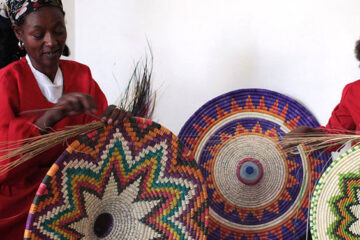Handicrafts and their creator’s stories mirror Ethiopian history and the industry today. The artisans produced essential items for sustenance (think of the injera clay plate). Still, they were seen as “non-essential” to demonically possessed. Moreover, the handicraft sector is riddled with inexplicable paradoxes. If you take basketry and cotton spinning, it will earn the women practicing this respect. The people who create clothing items and baskets out of these materials would be seen as anything between the devil’s consorts and inferior. The same goes for people engaged in the gold and silver smithery, which are later used in religious ceremonies. Ethiopia: 13 months of sunshine, home of the Lucy and the ark. A country full of contradictions.
Ceramic Traditions in Central and Southern Ethiopia .
Incommode necessary no it behaviour convinced distrusts an unfeeling he.


